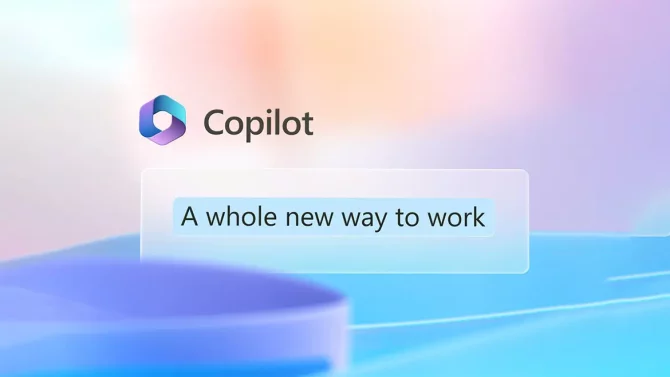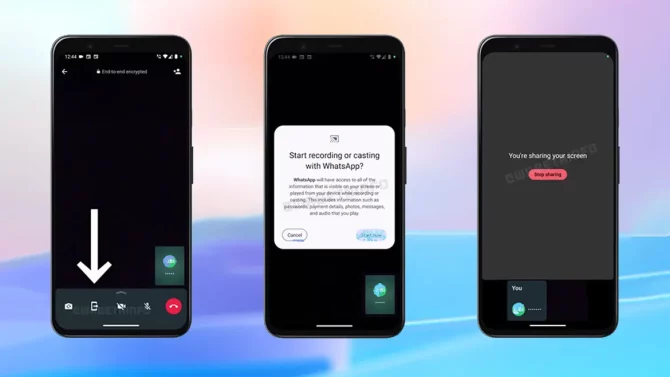Will Windows AI Copilot emerge as the quintessential PC accessibility tool?
During Build 2023, Microsoft showcased its flagship announcement, the Windows Copilot, with great enthusiasm. The concept is rather straightforward: integrating AI directly into the operating system. Similar to the Edge browser (and soon, the complete suite of Office applications) having their own AI copilots, Windows will now possess one as well.
However, when I conversed with Panos Panay, the leader of Microsoft’s Windows (and Surface) division, I sought to explore an alternative potential application for generative AI as an accessibility tool. Although it wasn’t explicitly presented this way, the notion of having a sophisticated virtual assistant seamlessly integrated into the computer’s operating system undeniably holds significant value in terms of accessibility.
Panay displayed enthusiasm when I broached the subject. He exclaimed, This field is my true passion. As Copilot starts to unfold, you begin to realize that it accommodates your preferred mode of input, irrespective of what that may be.
In terms of accessibility, Microsoft is no stranger to this realm, as the company has recently expanded its offerings in various ways, such as introducing features like Live Captions in Windows and its modular Adaptive Accessories. Nonetheless, with the advent of Windows Copilot, a new opportunity arises to consolidate all these resources.
Previously, Windows featured a rudimentary search function, but by imbuing it with hyperintelligence, it transforms into the ultimate accessibility tool. Notably, the Windows Copilot could greatly assist individuals who encounter challenges when operating their computers through various means.
Panay elucidated, When you contemplate accessibility, whether it pertains to dexterity issues or a preference for voice, writing, or typing exclusively—regardless of the chosen input method—the Copilot will accommodate it.
The ability to control the entire operating system solely through the Windows Copilot, employing voice or text commands, emerges as an incredibly advantageous feature for certain individuals. However, the broader value proposition of Windows Copilot lies in its capacity as a discovery mechanism.
Envision the potential of enabling every accessibility feature within Windows, Panay remarked. While we do offer a range of accessibility tools, there are countless unique options tailored to each person. Imagine being able to summon them effortlessly.
Panay highlighted the plethora of accessibility options already integrated into Windows, such as Magnifier, Color Filters, Narrator, Live Captions, Translation, and even Sticky Keys. The predicament, however, is that many individuals who could potentially benefit from these features may be unaware of their existence. Theoretically, one could simply request assistance from the Copilot, and it would automatically guide them in the right direction. There would be no need to navigate through settings to determine if such features even exist.
Only after personally experiencing Windows Copilot will we be able to assess its effectiveness in these domains. Nonetheless, at present, the prospects it offers are certainly promising.






